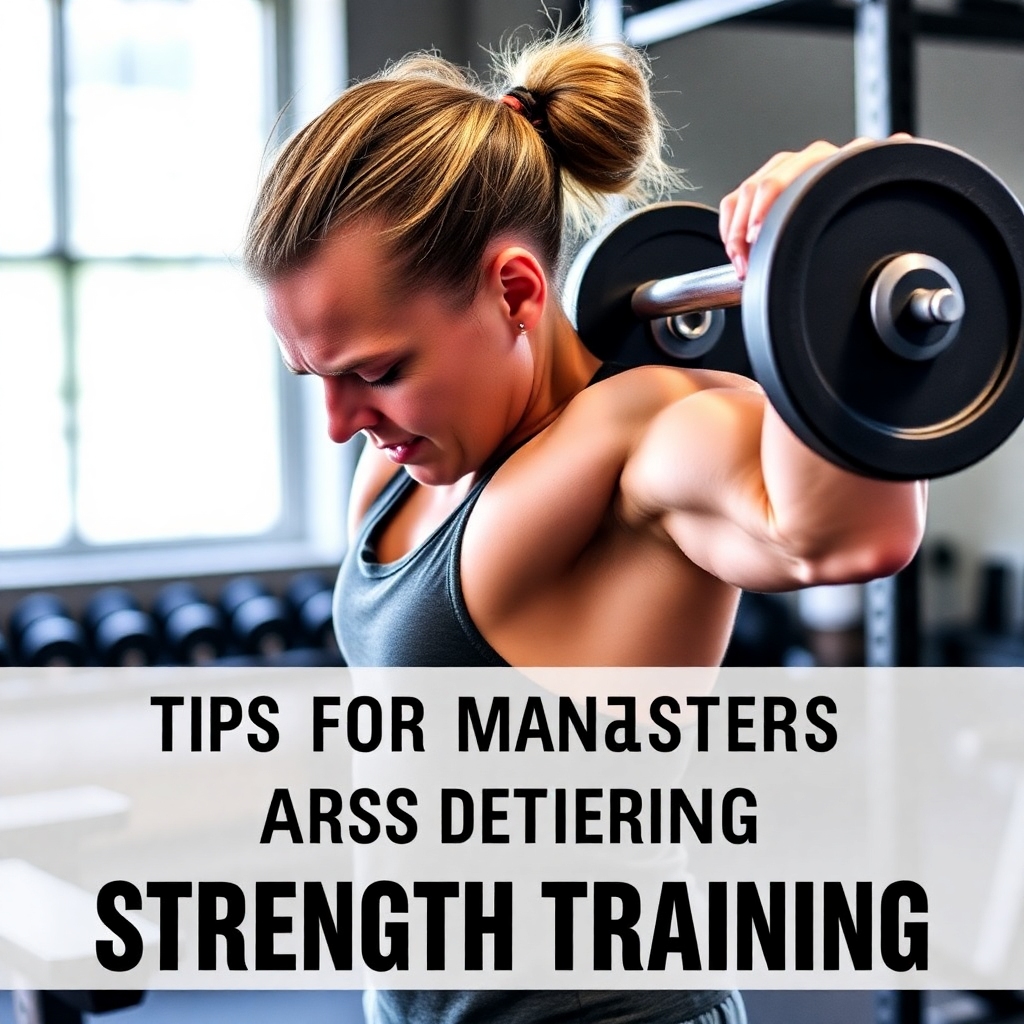Mastering Anatomy and Strength Training : Your Guide to Optimal Fitness
Strength training is a powerful method for enhancing overall fitness, improving muscle strength, and boosting metabolism. However, to achieve maximum results, it's essential to understand the role of anatomy in strength training. This guide will explore the connection between Anatomy and Strength Training, offering insights into how mastering the body’s structure can optimize your workouts for better performance and injury prevention.
The Importance of Anatomy and Strength Training
Before starting any strength training program, understanding the human body and its muscles is crucial. Anatomy and Strength Training go hand in hand, as anatomy refers to the body's structure, including bones, muscles, and joints. By mastering Anatomy and Strength Training, you can target specific muscles effectively and perform exercises that enhance strength without causing harm.
Key Benefits of Understanding Anatomy and Strength Training
Understanding Anatomy and Strength Training helps you target specific muscles more effectively, ensuring better workout efficiency. It also reduces the risk of injury by promoting proper form and muscle balance.
- Improved Workout Efficiency: Knowing which muscles to target helps in performing exercises correctly and effectively.
- Injury Prevention: Understanding muscle groups and joint mechanics helps avoid strains and sprains.
- Faster Results: Focusing on the right muscle groups allows quicker and more efficient progress.
Anatomy of the Major Muscle Groups
When it comes to strength training, it's important to target all the major muscle groups to ensure balanced strength and muscle development. Here's a quick overview of the major muscle groups and their role in Anatomy and Strength Training:
- Chest (Pectorals): Responsible for pushing movements like push-ups and bench presses.
- Back (Latissimus Dorsi, Trapezius): Helps in pulling movements like rows and pull-ups.
- Legs (Quadriceps, Hamstrings, Glutes): Crucial for lower body strength, including squats and lunges.
- Shoulders (Deltoids): Involved in overhead pressing movements.
- Arms (Biceps, Triceps): Targeted with exercises like bicep curls and tricep dips.
How Strength Training Affects the Body’s Anatomy
Strength training builds muscle and enhances bone density by stressing muscles and bones, which stimulates growth. This process not only increases muscle size but also improves coordination between muscle groups. By focusing on specific muscle groups, Anatomy and Strength Training can help sculpt your body while preventing imbalances that could lead to injuries.
Key Effects of Anatomy and Strength Training on the Body
Anatomy and Strength Training increases muscle mass, enhances strength, and boosts metabolism for improved overall fitness. It also improves bone density and supports better posture by strengthening key muscle groups.
- Muscle Growth: Increased muscle mass leads to enhanced strength and improved metabolic rate.
- Bone Density: Regular strength training increases bone density, which can prevent osteoporosis.
- Improved Posture: Strengthening muscles, especially those in the back and core, can improve overall posture.
Mastering Anatomy and Strength Training Techniques
Proper technique is the foundation of effective strength training. To maximize the benefits of strength training while preventing injuries, always ensure you have the correct form. Understanding Anatomy and Strength Training is key to this process, as it helps you identify which muscles to engage and how to move safely.
Tips for Anatomy and Strength Training
To master strength training, focus on maintaining proper form and gradually increase weights to avoid injury. Incorporate compound movements and ensure adequate rest for muscle recovery and growth.
- Focus on Technique: Master proper technique before increasing weight to ensure safe and effective strength training.
- Start with Lighter Weights: Build strength gradually to avoid injury.
- Include Compound Movements: Exercises like squats, deadlifts, and bench presses target multiple muscle groups, improving overall strength.
- Rest and Recovery: Allow your muscles time to repair and grow by ensuring adequate rest between workouts for optimal progress.
Conclusion
Mastering Anatomy and Strength Training is essential for anyone looking to improve their fitness journey. By understanding the body’s structure and muscle functions, you can perform exercises that maximize results, prevent injuries, and enhance overall performance. Whether you're a beginner or an experienced lifter, applying anatomical knowledge to your strength training routine will elevate your fitness. Remember, consistency and proper form are key to achieving optimal fitness!
Frequently Asked Questions (FAQs)
What is the importance of understanding anatomy in strength training?
Understanding anatomy helps target specific muscles effectively, improving workout efficiency and preventing injuries by ensuring proper form during exercises.
How does strength training affect the body’s anatomy?
Strength training promotes muscle growth, increases bone density, and enhances overall body strength, leading to better posture and injury prevention.
What are the key benefits of strength training?
Strength training builds muscle, boosts metabolism, and improves bone density, while also enhancing strength and endurance.
What are compound movements, and why are they important?
Compound movements work for multiple muscle groups simultaneously, like squats and deadlifts. They are essential for building overall strength and improving functional fitness.
How can I avoid injury during strength training?
Focus on proper form, start with lighter weights, progressively increase resistance, and allow adequate rest and recovery for muscles to prevent overtraining and injury.
How often should I do strength training?
Strength training should be done 2-3 times a week, allowing 48 hours of rest between sessions to give muscles time to recover and grow.





Comments
Post a Comment